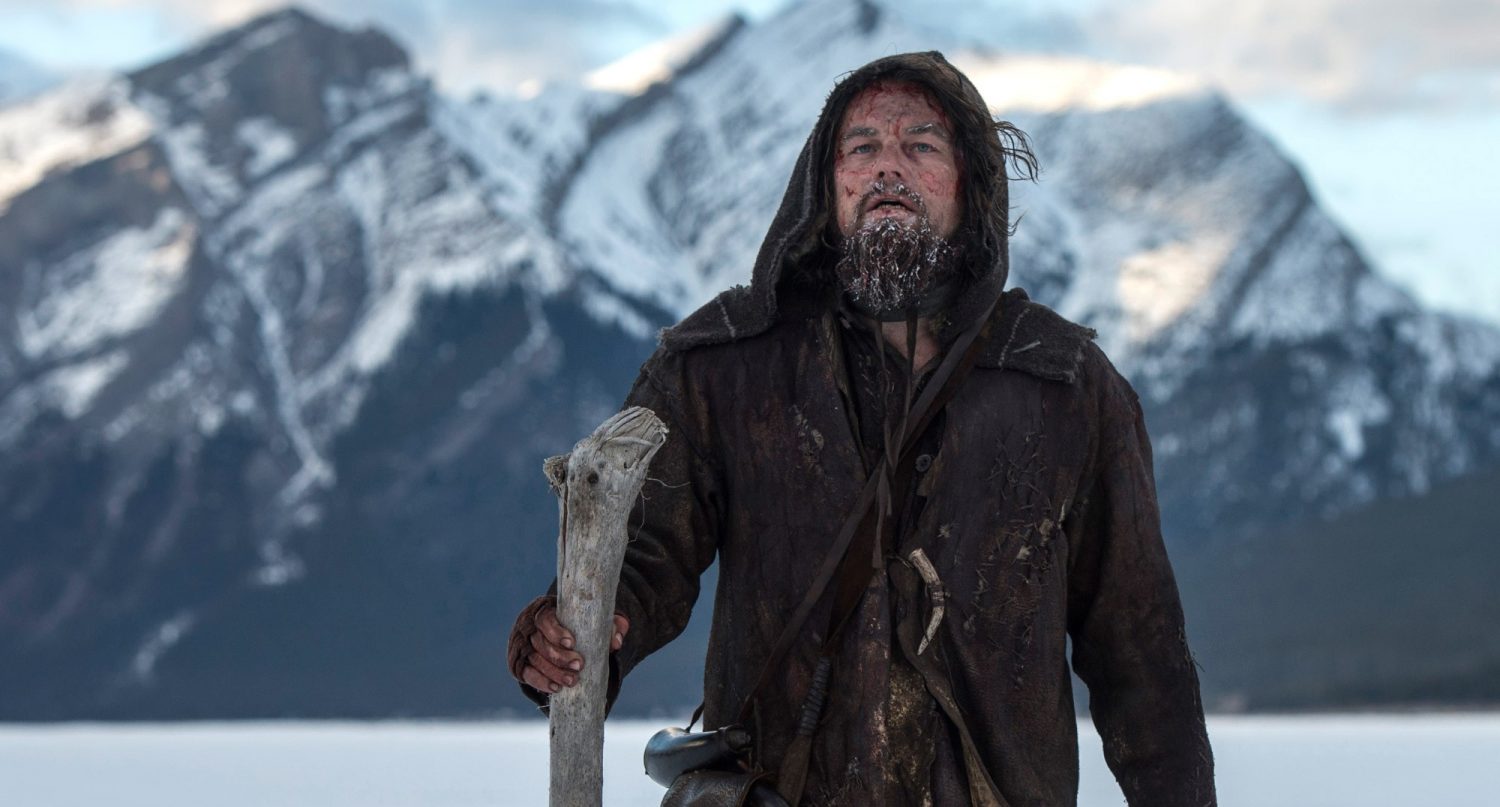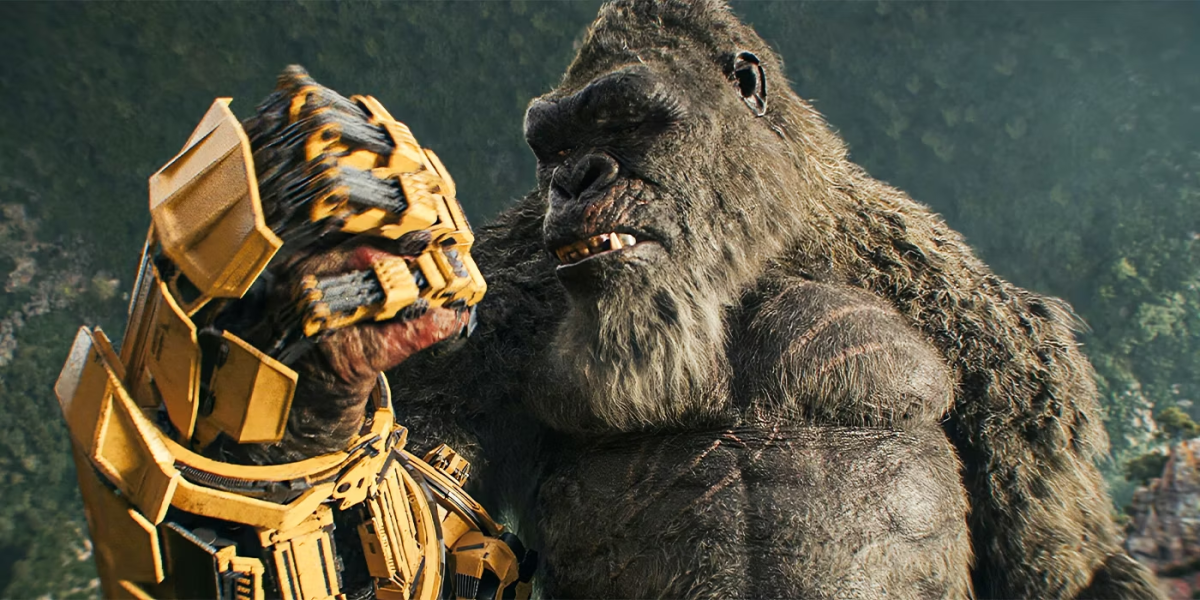For a gruesome but inspired-by-true-events depiction of what life was like on the American frontier, including a glimpse into intercultural relations between Europeans and Indians, see “The Revenant.” Although the movie does not show the disastrous role that biology, specifically European germs, played in the history of the European invasion of the New World, it does rightly depict Indians as formidable warriors and talented diplomats, having language skills that Europeans often did not. The French find themselves helpless.
The movie depicts Europeans as being more interested in money than anything else. Leonardo DiCaprio’s character, Hugh Glass, assists a group of fur trappers in order to guide them safely through the dangerous wilderness and to revenge the violence done to his family. Glass becomes the namesake of the movie, returning from near-and-certain death multiple times. Paralyzed by an extensive bear attack, Glass becomes too much of a burden for the other troops, who leave him behind with a small, ill-equipped team of three.
That crew also abandons Glass, and he survives only thanks to the help of a Pawnee Indian whose family has suffered similar violence at the hands of the French. Glass awakes one day to find the Indian hung by French troops who are nearby.
On his own again, Glass is able to save a female Indian from capture and escape with a horse, too, but he does not go far. Glass escapes from Indians as he is chased off the edge of a cliff on his horse. Determined to make it back to camp and revenge the killing of his son, Glass stops at nothing to survive and is eventually found by his former fur trapping team.
“The Revenant” leaves its audience in awe of nature. It is nature that nearly kills Glass in a bear attack, but that also makes his survival possible: A horse facilitates his escape and then provides him with temporary shelter and warmth. Surviving on raw fish, meat and grass, Glass’ love for his family and hatred for their killers provide the motives to endure.
An Indian saying is referred to several times in the movie, teaching that one must focus on the stability of a tree’s trunk, and not be distracted by the branches that move in the wind. Trees provide the favorite transition shot throughout the movie, a shot that gazes to the sky and then returns to the earth to show the passage of time.
In another shot, what appears to possibly be Glass’ last breath transitions to the smoke blown out of the nose of the man he is pursuing, juxtaposing Glass’ struggle to survive with the rest and relaxation of the man he seeks to kill. The film ends with the final confrontation between the two.
At the movie’s end, the audience is likely to feel a bit like Glass, empty. There is not much to rejoice in or celebrate. The number of people who suffer and die is far greater than those who survive, and those that survive do so by extraordinary circumstances – more luck than skill.
For a movie that chooses not to romanticize history, or the fighting which it often entails, and depicts both Europeans and Indians fairly, see “The Revenant.”








